Only an hour's drive from Matsuyama! Experience the retro atmosphere at the Uwa Folk and Historical Museum, which is lined with nostalgic household items and toys

The museum houses and exhibits around 6,000 old items from daily life and trade used locally. It's a retro tourist spot where you can experience Japanese history and culture, and there are plenty of hands-on experience corners.
-
Table of Contents
- Where is Ehime Prefecture cho, Seiyo City, Ehime Prefecture, where the Uwa Folk and Historical Museum is located?
- Our goal is the old townscape of Unomachi, which dates back to 1651
- Look for the red postbox in the old townscape!
- This is the real entrance to Uwa folk and historical museum!
- Is it a cow or a demon waiting at the entrance to the exhibition hall?
- I was surprised at the spaciousness of the building and the number of materials it contained!
- In the photo gallery you can take photos wearing period costumes!
- You can also visit the storage facility!
- Depending on the season, you can also enjoy the "Girls' Festival Exhibition" and the "Tango no Sekku Exhibition"!
- Be sure to try out the experience corner in the lobby!
- Recommended for those who want to relax in a quiet place!
Where is Ehime Prefecture cho, Seiyo City, Ehime Prefecture, where the Uwa Folk and Historical Museum is located?
Unomachi, Uwacho, Seiyo City, is a town located in the upper left of Shikoku, Ehime Prefecture, an hour's drive west of Matsuyama City.
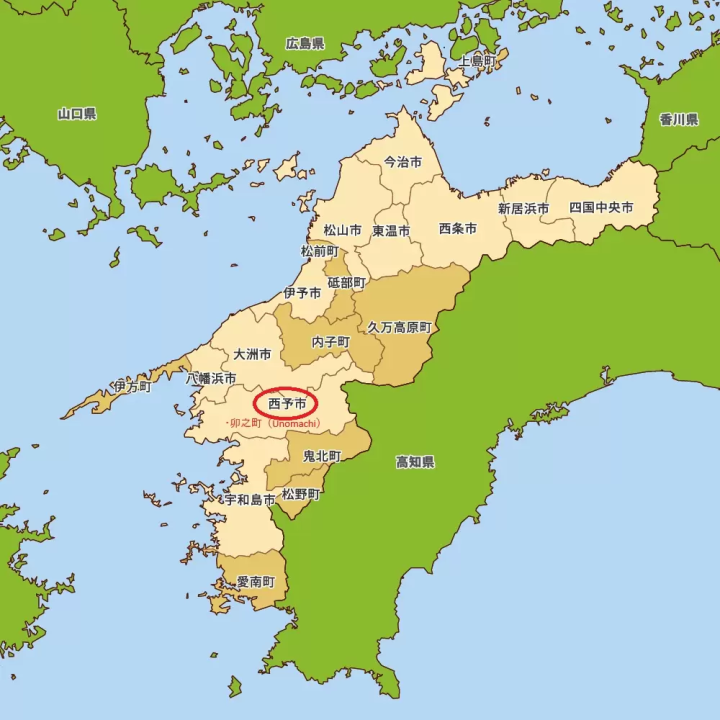
Access to Uwa Folk and Historical Museum
If you are using a rental car or taxi, it is 50 minutes from Matsuyama IC on the Matsuyama Expressway to Seiyo-Uwa IC, or a 4-minute drive from Seiyo-Uwa IC.
If you take the bus, it takes 1 hour and 25 minutes from Matsuyama Airport to Uwajima Bus Unomachi Office, then it is a 10 minute walk from the office.
If traveling by train, it takes an hour on the express train from JR Matsuyama Station to JR Unomachi Station, and then it is an 8-minute walk from Unomachi Station.
There are many spots in Uwamachi, Seiyo City that can be enjoyed on a day trip from Matsuyama City. It is a hidden gem, so it is recommended for those who want to avoid crowds and enjoy sightseeing quietly.
Our goal is the old townscape of Unomachi, which dates back to 1651
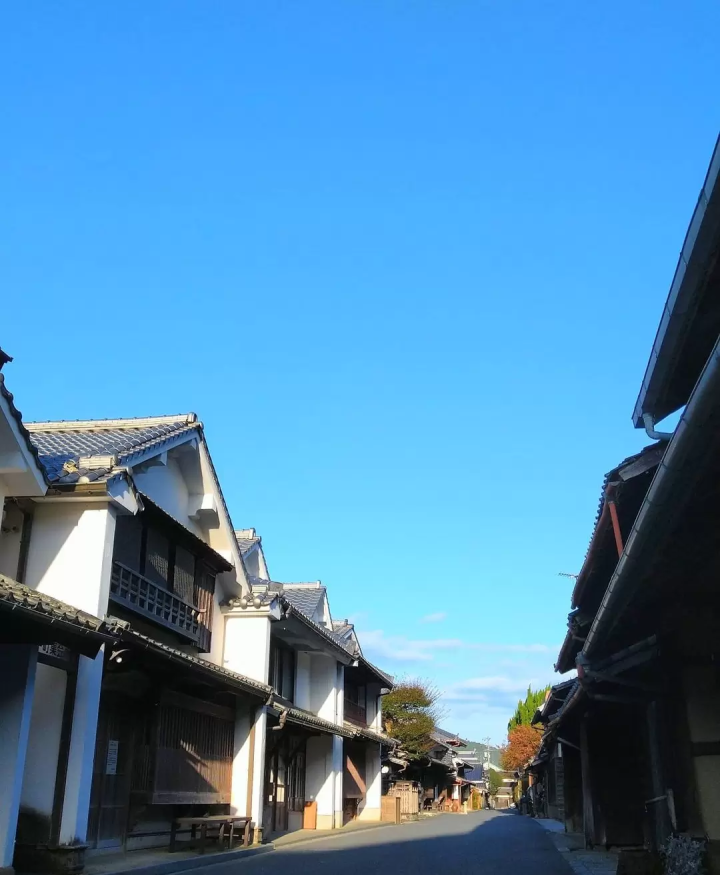
The townscape of Unomachi has a long history, and in its heyday it flourished as a post town connecting the neighboring towns on either side. It has been designated as a nationally important preservation district for groups of traditional buildings. The beautiful scenery of traditional tiled roofs lined up against a sky without power lines, unchanged from the past.
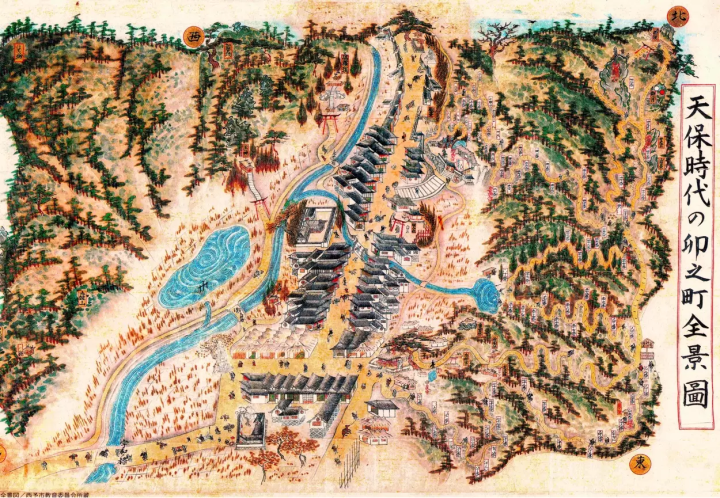
Although it is now a quaint and quiet town, it used to be a bustling town with men in topknots and people wearing kimonos coming and going.

Please see here for the current state of the town. The route to the townscape of Unomachi will be guided by a walking map full of local love, hand-drawn by a local.
Red line: JR Shikoku Yosan Line, walking route from Unomachi Station (8 minutes)
Yellow line: Driving route (Turn at the corner of the Ehime Shimbun Seiyo Branch Office along National Route 56. Drive carefully as the road is narrow and you will cross a shopping street with no traffic lights.)
Yellow circle: Parking lot
Orange circle: Uwa Folk and Historical Museum and the red postbox
Look for the red postbox in the old townscape!

If you spot a red postbox in the old town, that's the Uwa Folk and Historical Museum. But be careful, you can't enter through this entrance! The real entrance is halfway up the approach to the temple, on the left side of the postbox.
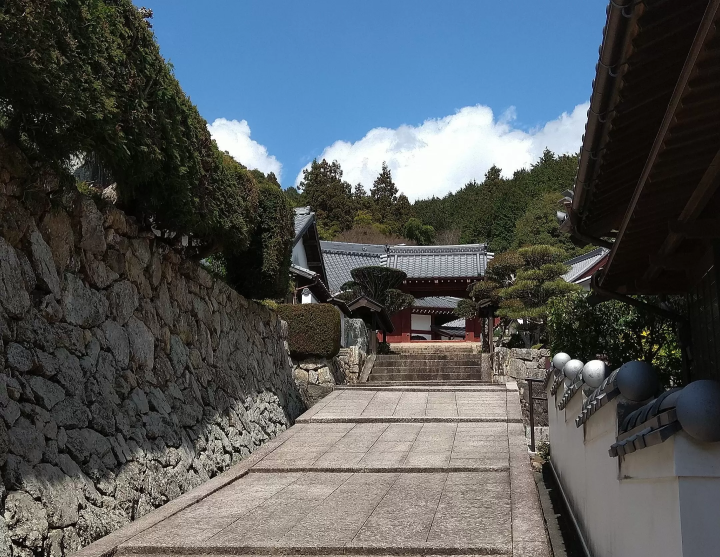
The approach to the shrine is a little steep. There is a heart-shaped stone in the stone wall on the left, and it is said that if you find it, you will be blessed with happiness.

Just before the temple's Akamon gate are the entrance to the Uwa Folk and Historical Museum and the Kaimei School(an important cultural property, a primary school building built in 1882).
This is the real entrance to Uwa folk and historical museum!
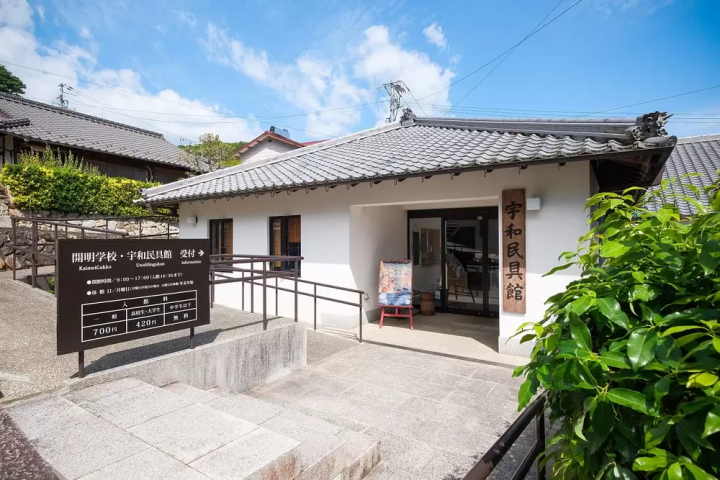
Opposite Kaimei School, there is a tricky entrance to the "Uwa Folk and Historical Museum" which looks like a small building. Don't be fooled and think "It's nothing special"! Once you enter the museum, you will be surprised by the spacious two-story building and the many documents it contains. You can purchase your admission ticket here.
Kaimei School and Uwa Folk and Historical Museum Set Admission Ticket:
Adults: 700 yen, university and high school students: 420 yen, junior high school students and younger: free
Free for those with a disability certificate and up to one accompanying person
Discount available for Ehime Prefecture Museum of History and Culture ticket holders (on the day)
Closed: Mondays (if Monday is a public holiday, the following day will be closed)
Is it a cow or a demon waiting at the entrance to the exhibition hall?

Upon entering the exhibition room, you are greeted by the "Ushi-oni" (cow demon) used in local autumn festivals. Behind it you can catch a glimpse of the traditional performing art "Itsushika," in which five deer dance.
In Unomachi, an autumn festival is held on October 22nd, during which you can see real "Ushi-oni" and "Itsushika."
I was surprised at the spaciousness of the building and the number of materials it contained!
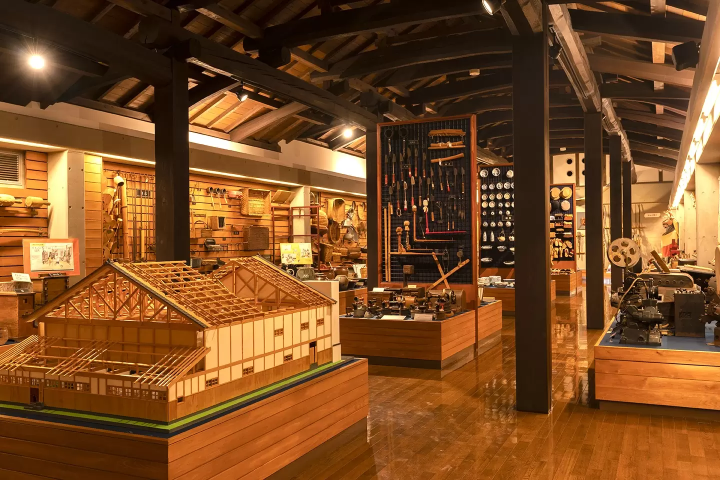
The exhibition features an overwhelming selection of tools used by people in the past for daily life, festivals, faith, and business.
There are experience corners scattered throughout the exhibition room, and in the toy exhibition corner you can play the "Corinth Game."
In the photo gallery you can take photos wearing period costumes!

In the "Nostalgia Photo Exhibition Room," there is an experience corner where you can take commemorative photos using retro costumes and props. You can also touch cameras from the film era and look through old cameras to see the images upside down.
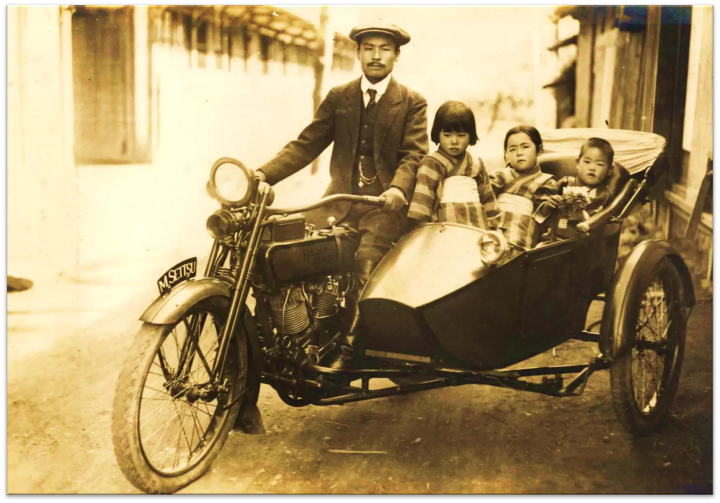
There is also a photo exhibit that shows what people were like in the past, helping to deepen your understanding of Japanese history and culture.
You can also visit the storage facility!
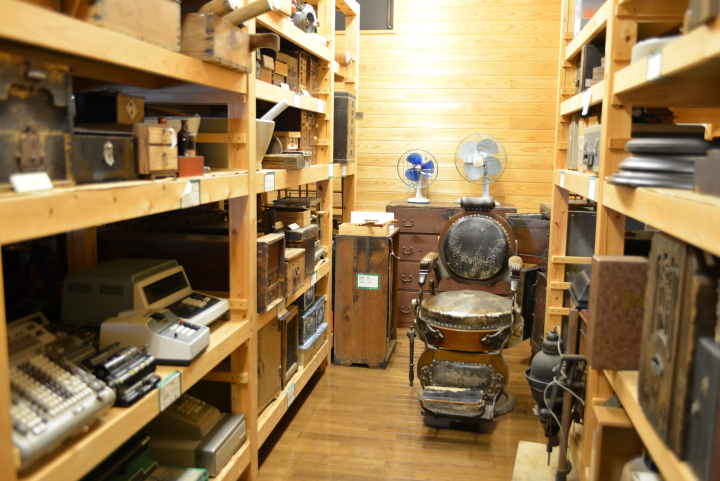
In the storage room, you can see various materials that cannot be displayed in the permanent exhibition room. The chair in the back is a German-made chair that was used in a local barber shop.
Depending on the season, you can also enjoy the "Girls' Festival Exhibition" and the "Tango no Sekku Exhibition"!
The "Uonomachi Doll Festival" is held every year from February 1st to April 3rd.
You can check the event information on the official Instagram.
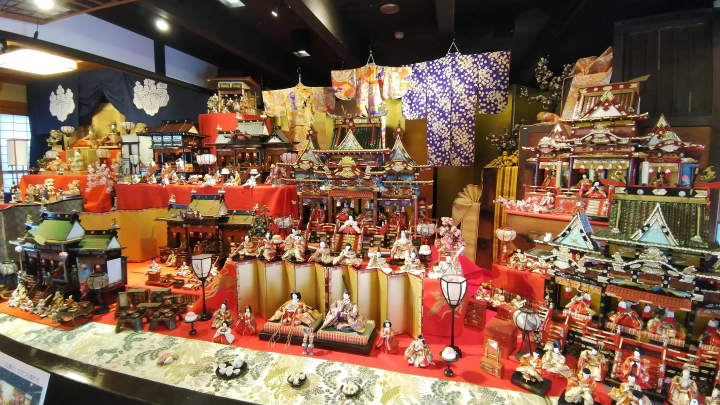
Hinamatsuri is a traditional event where dolls in the shape of the Emperor and Empress, called Dairibina, are displayed to pray for the growth of young girls. Approximately 300 dolls that were actually displayed in homes from the 1800s to around 2020 will be exhibited in a gorgeous display.
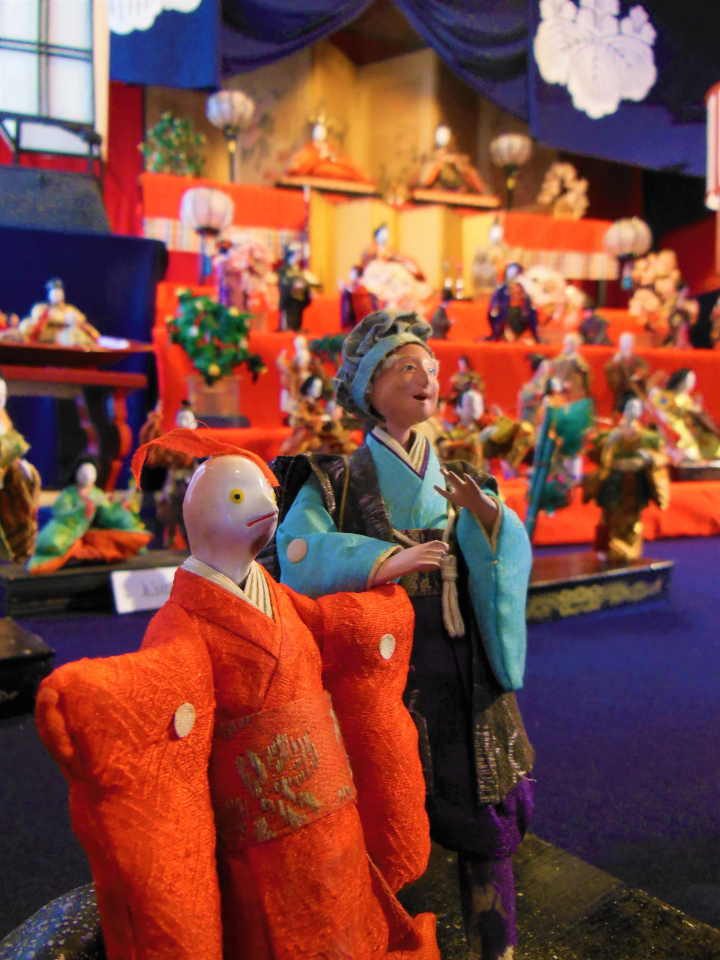
There was a time when dolls of characters from old tales were displayed together with Hina dolls. Each doll has a story and is very lively. The dolls in this photo are a sparrow girl and a kind old man from the Japanese old tale "The Sparrow's Inn."
The "Tango no Sekku (Children's Day) Exhibition" will be held from mid-April to the end of May.
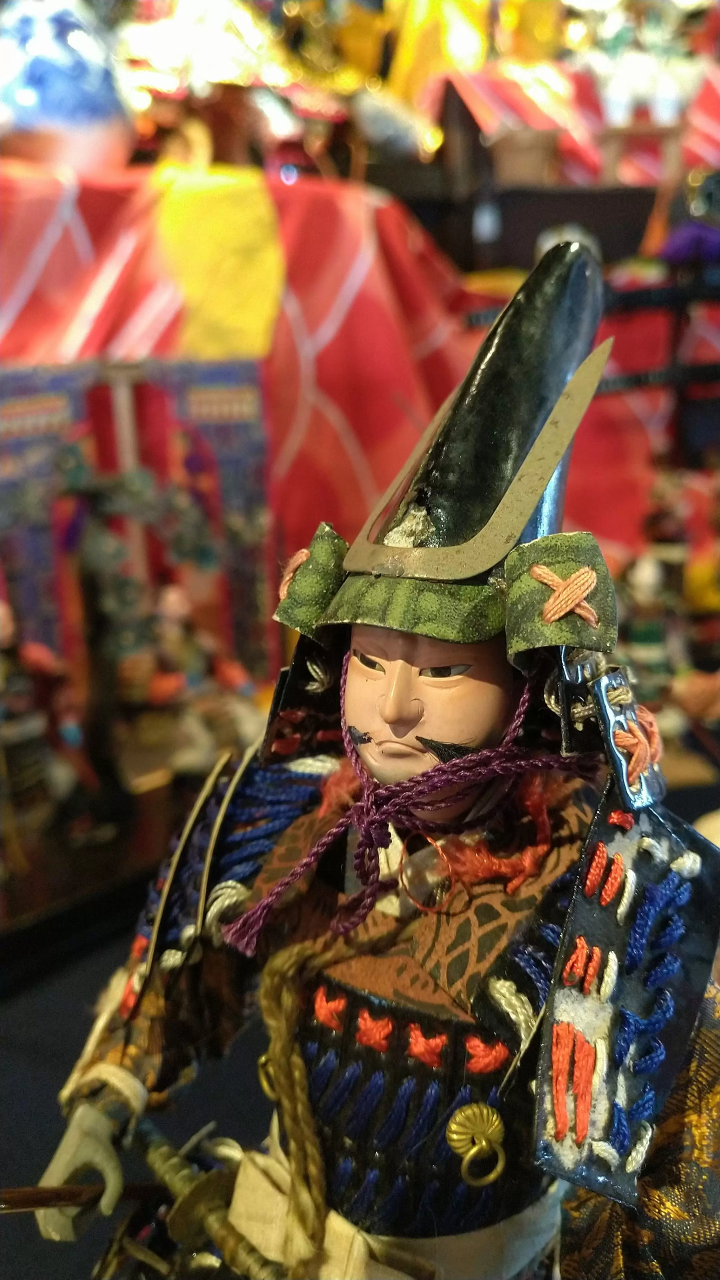
The Boys' Festival is a traditional event held to pray for the growth of boys. Warrior dolls and carp streamers that were actually displayed in homes from the 1900s to around 2020 will be on display.
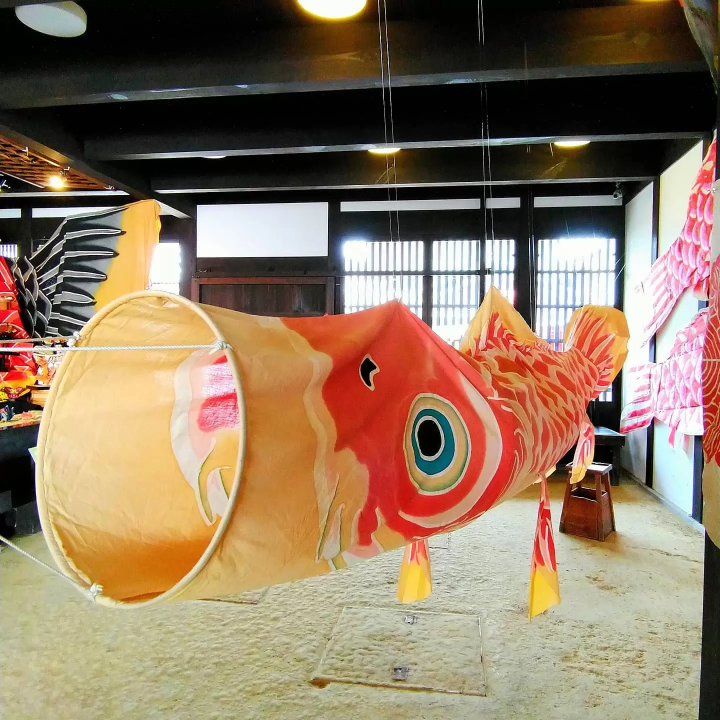
Carp streamers, made of cloth and featuring beautiful hand-dyed designs, are also a traditional craft. They are usually placed in large gardens and let fly in the sky.
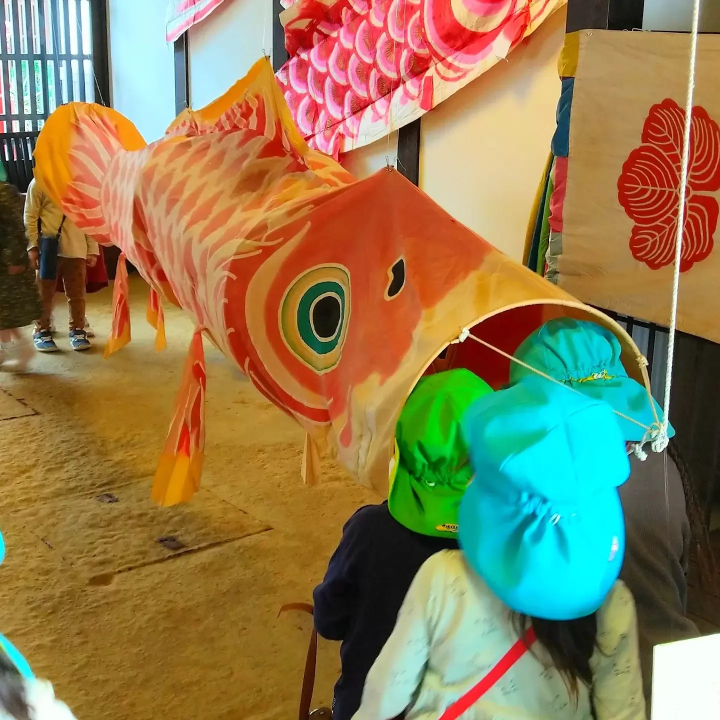
A popular exhibit is the experience corner where you can peek inside a carp streamer.
Be sure to try out the experience corner in the lobby!
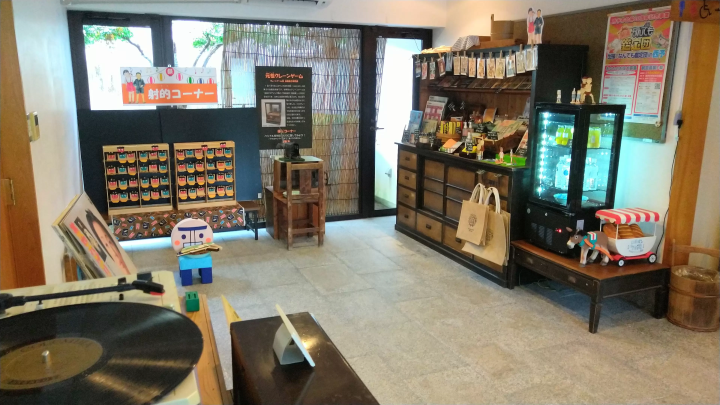
In the lobby, there are many experience corners where you can listen to records, etc. There is also a small souvenir corner.
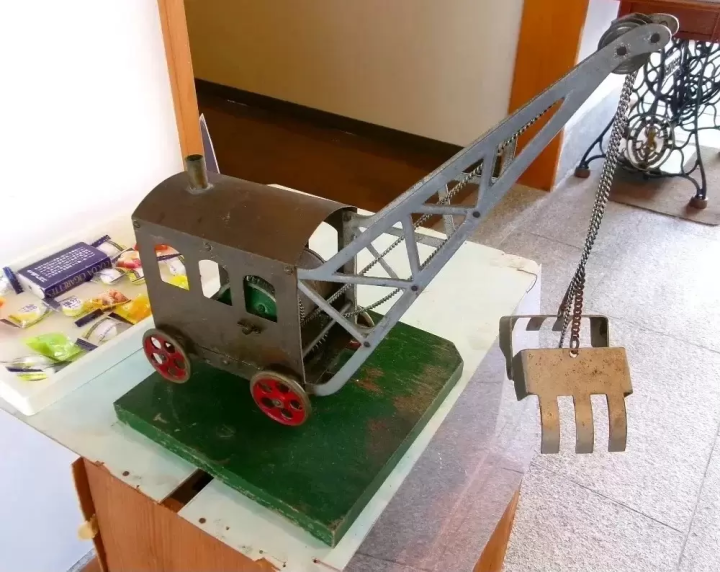
You can play the old crane games that were popular in the 1930s.

You can also try out a foreign-made treadle sewing machine that was manufactured 100 years ago.
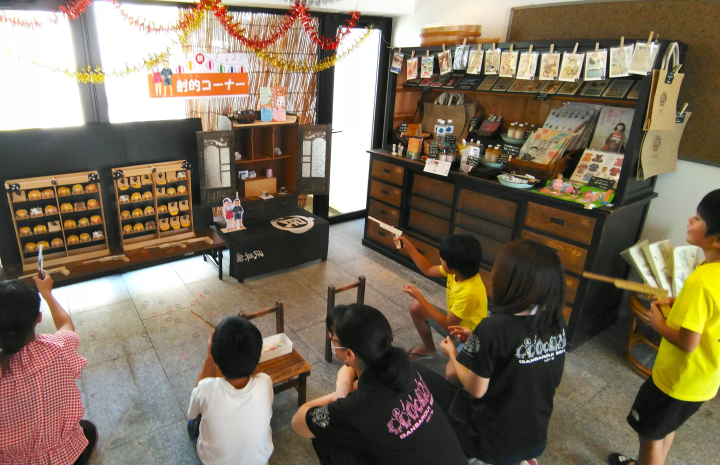
The corner where you can play with toy rubber guns is also popular!
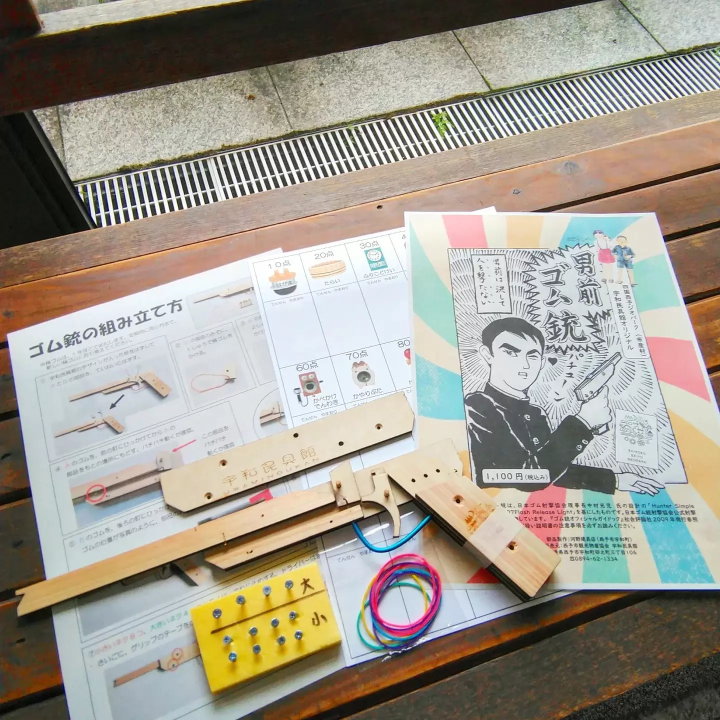
How about buying a self-assembly rubber band gun as a souvenir? This is an original rubber band gun that can only be purchased at Uwa folk and historical museum.
Recommended for those who want to relax in a quiet place!
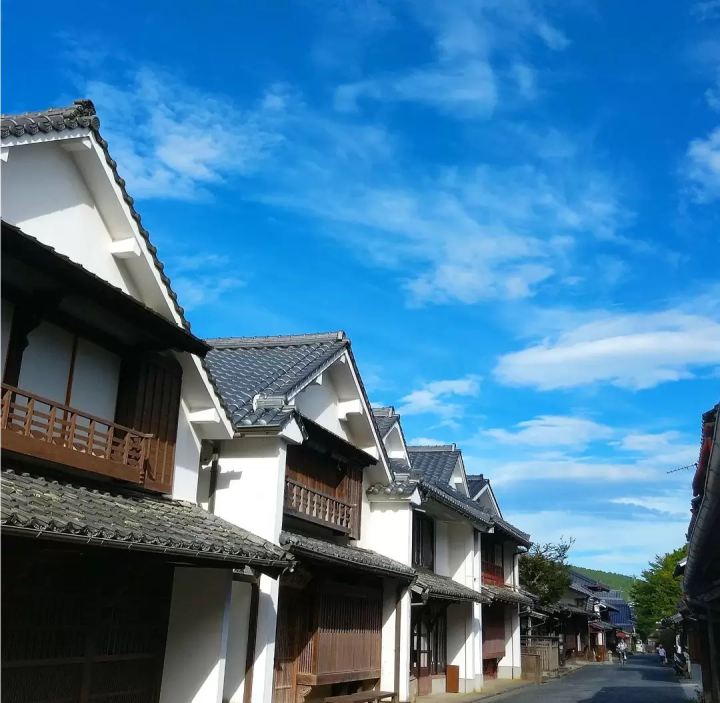
The streets of Unomachi, where the Uwa Folk and Historical Museum is located, are the perfect place for those who want to learn about regional history and culture in Japan at a leisurely pace. Here are three tips to help you enjoy Unomachi even more.
1. Experience the Japanese architectural style of an old post town while taking a leisurely stroll
② Learn about the history of Japanese education at Kaimei School
3) Learn about the lives of the people who lived in this area at the Uwa folk and historical museum
If you keep these three points in mind, you will gain a much deeper understanding of Japanese history and culture and enjoy your trip.
Bonus! Recommended spots in Uwa Town
It is possible to make a day trip from Matsuyama City, but we recommend staying an overnight stay to enjoy the leisurely pace of this quiet rural town.
We create tourist brochures for the city, develop destination travel products, and carry out promotional activities. Fun, exciting things, and relaxing time. We work hard every day to promote the time that can only be experienced here at Seiyo, while also spreading the word about the products that this town is proud of. We hope that the wonderful things in this town will lead to richer times for everyone.
The contents on this page may partially contain automatic translation.


























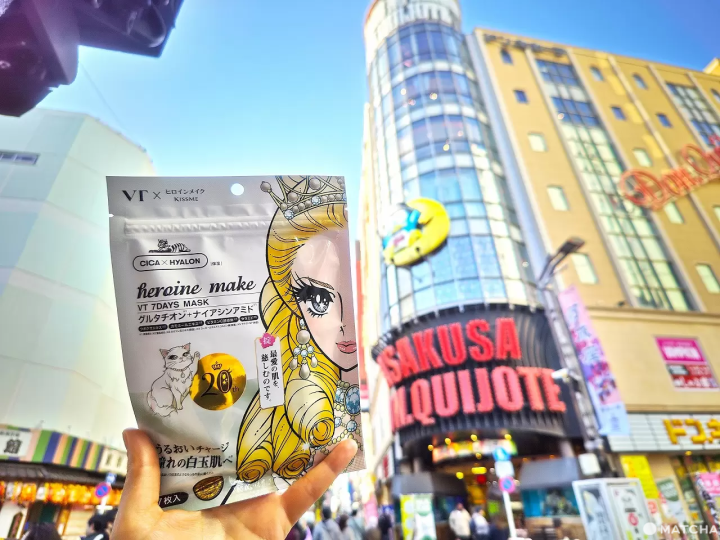
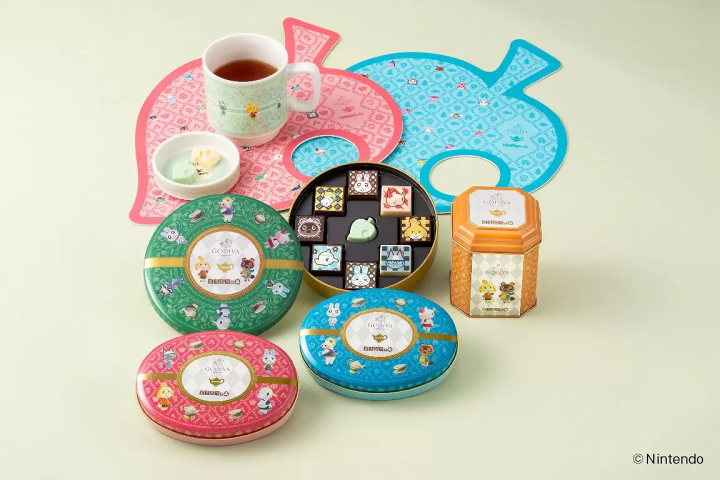
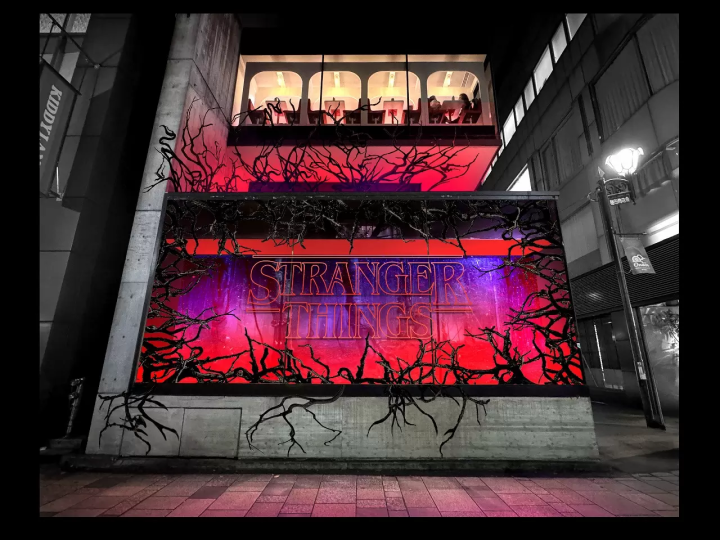
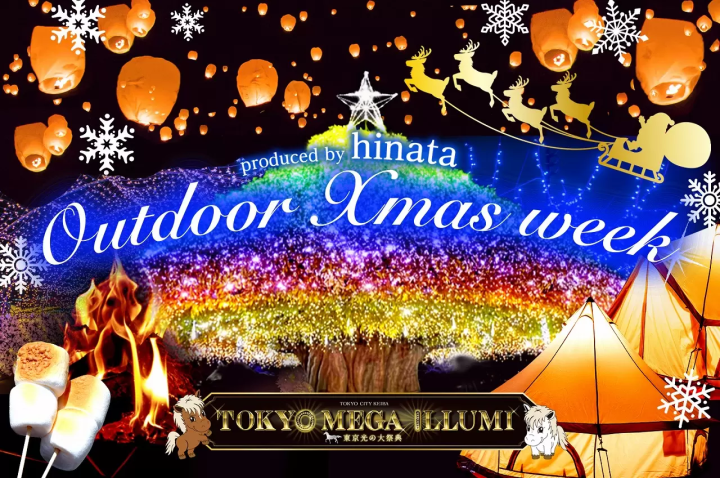
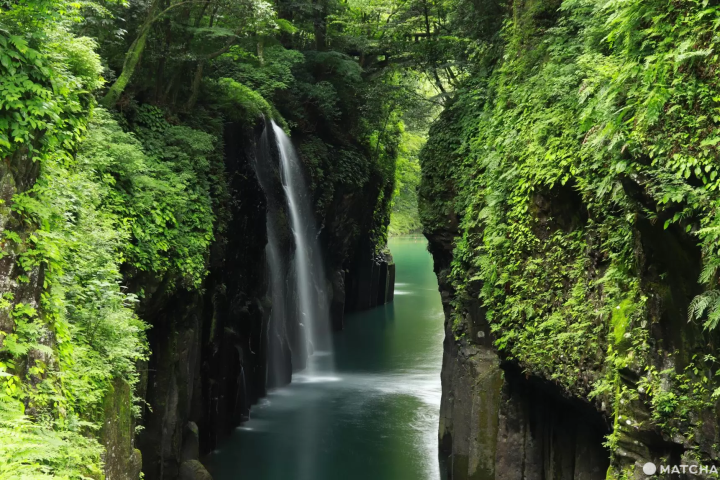




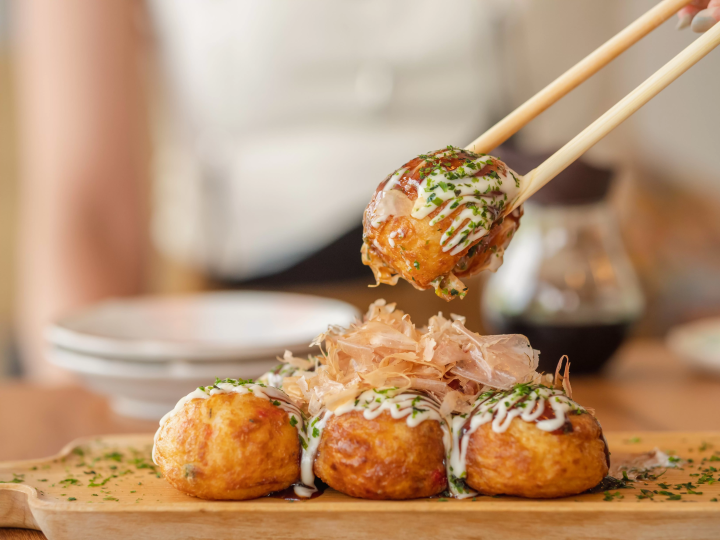
![[2026 Edition] FORMUAL 1 JAPANESE GRAND PRIX Information](https://resources.matcha-jp.com/resize/720x2000/2025/10/05-245984.webp)


![[2025 Update] Namba's spectacular illuminations! "Namba Hikari Tabi" with approximately 1 million shining lights](https://resources.matcha-jp.com/resize/720x2000/2025/12/12-252825.webp)